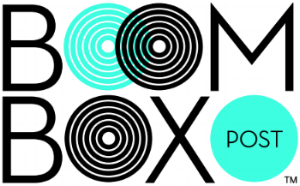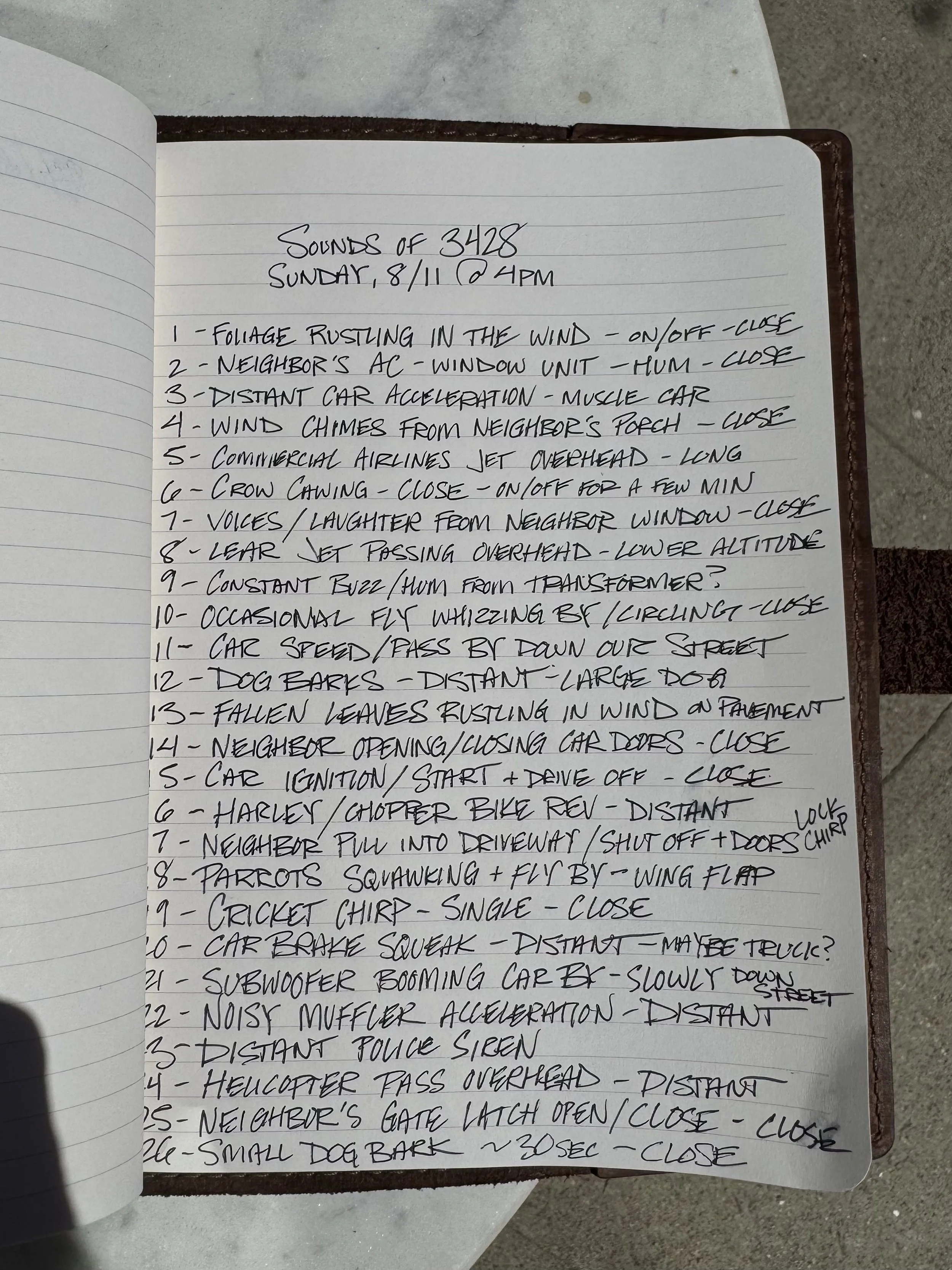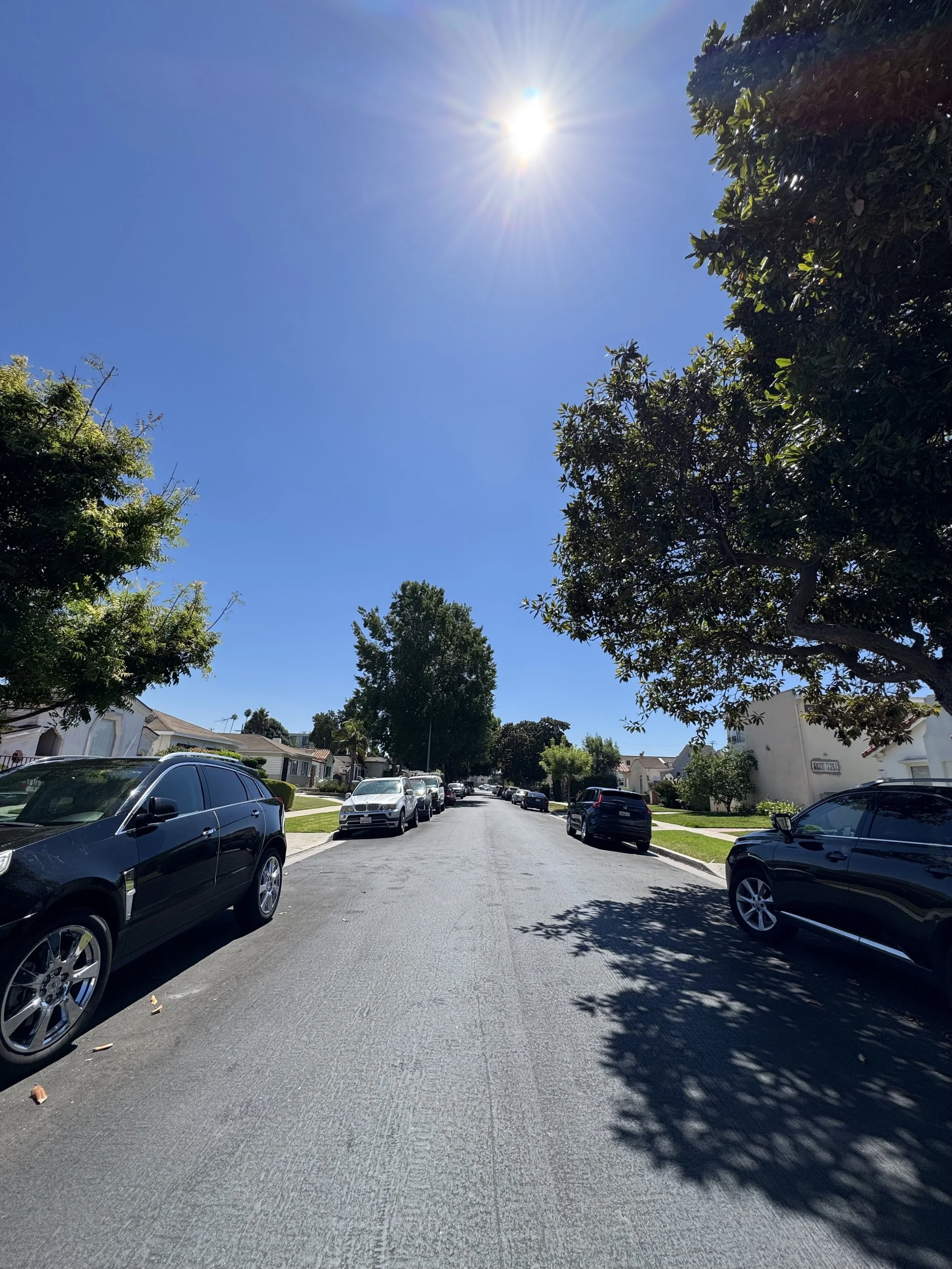written by Kyle Stockbridge
Office administrator, Boom Box Post
As sound editors and mixers, we spend our workdays in rooms isolated from the outside world, buried in our waveforms and plug-ins. But sometimes the most valuable exercise is simply stepping away from your workstation and listening to the world around you (check out this post from co-owner, Kate Finan on how taking quality breaks refill your attention “tank”). Recently, I sat outside in my neighborhood for an hour with a notebook and made a conscious effort to log every sound I heard. The goal wasn’t to record… it was to notice!
Why keep a sound journal?
For me, this practice serves three main purposes beneficial to a busy sound editor:
Presence: Sitting still and focusing on the sounds in my environment helps sharpen my awareness of detail I might otherwise subconsciously tune out.
Reference: The journal becomes an reference guide that I can revisit when I’m designing backgrounds or ambiences for a scene. It’s essentially a catalog of “real-world layers” to pull from.
Meditation: I found this process is very meditative and serves as a great reset. It quiets my mind and slows things down. It replenishes my attention “tank” and inspires more creativity.
What I Heard
Here are a few excerpts from this listening session:
Flock of Parrots squawking and flying by, wing flaps (take a listen >)
Wind chimes from neighbor’s porch, off/on with wind - close
Subwoofer booming from car by - slowly driving down street
Neighbor’s metal gate: squeaky latch opening/closing - close
Constant buzz from transformer/power lines - close
Steady buzz from nearby transformer - close
Each of these on their own seem a bit ordinary. Together, they build the sonic texture of my neighborhood.
Applying It to Sound Design
When designing backgrounds and ambiences for a scene it’s easy to default to the usual suspects: some birds, some wind, maybe a distant traffic drone. But what gives a space character, texture and life are the unexpected details: the gate latch, the wind chimes, the transformer buzz, the various types of car bys… it comes together to paint a picture of the environment.
My hope is that the repetition of continued sound journaling will help keep these textural details at the forefront of my mind when designing new locations/spaces so when it’s time to design a suburban morning, I’m not just grabbing generic “birds” or “wind.” I’m layering textures that feel lived-in. But this goes beyond backgrounds/ambiences! The practice of focused, critical listening can help improve your sound editorial regardless of the food group you’re working with.
Try It Yourself
Whether you work in sound or just want to practice being present in your environment, try sitting outside (or even inside) with a notebook for 20 minutes. Write down every sound you notice. You might be surprised at how quickly your ears adjust to catch the subtler details. It’s a simple exercise, but one that I hope keeps me grounded both as a listener and a sound editor.
Thank you for reading! I hope this inspired you to take a moment to listen to your environment and implement it in your work!
How does journaling / meditation benefit your creative work? Share your thoughts in the comments below!
If you liked this blog post check these out:
Backgrounds, Ambiences or Sound Effects?
Designing Rhythmic Ambiences
“Tired? Distracted? Burned-Out?” Aren’t We All



